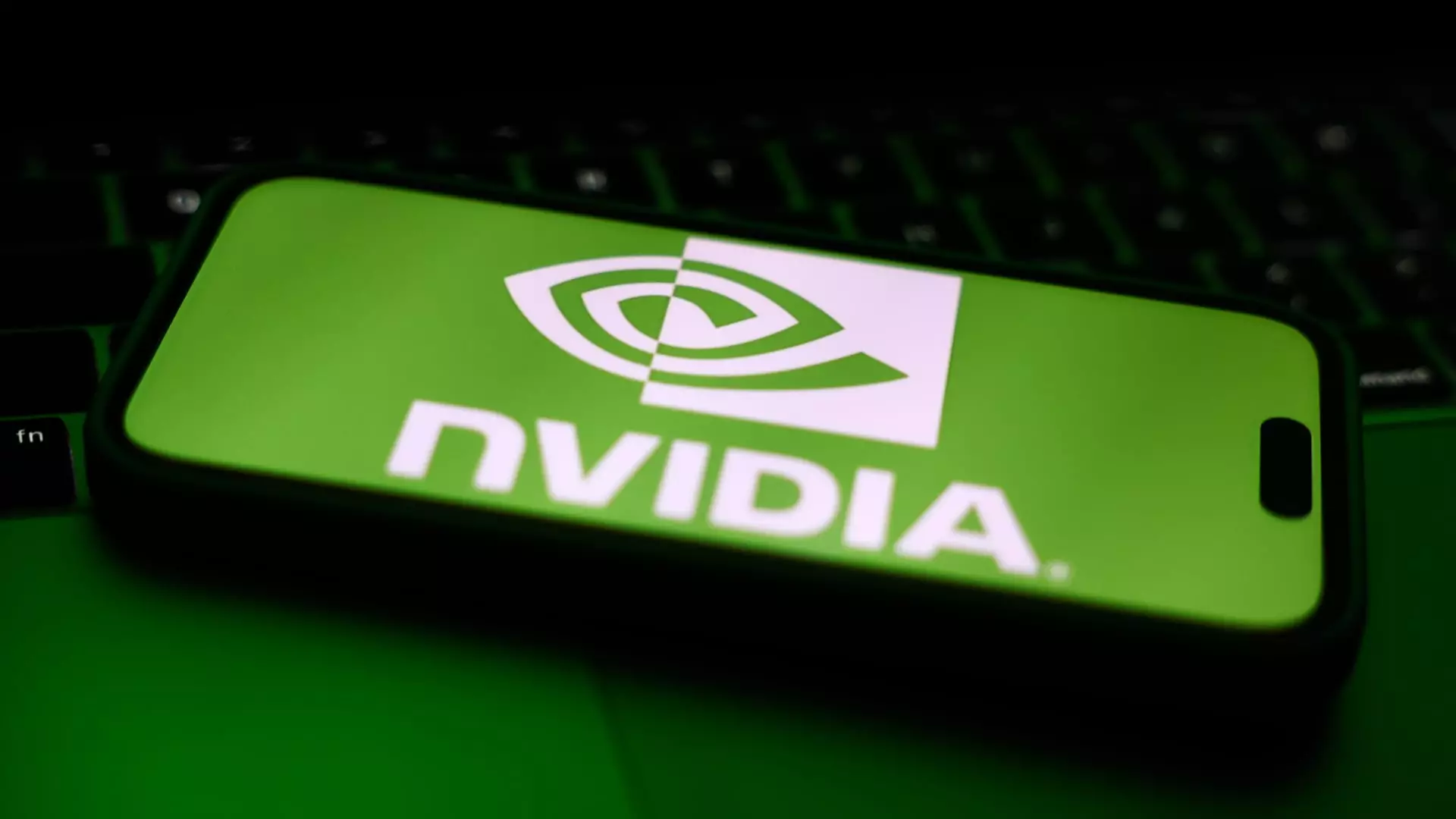Nvidia’s foray into producing a lower-cost artificial intelligence chipset tailored for the Chinese market represents a complex interplay of business strategy, geopolitical maneuvering, and ethical considerations. With an anticipated price tag ranging from $6,500 to $8,000, this new graphics processing unit (GPU) aims to fill the gap left by the more advanced but now restricted H20 model. While the price reduction might seem attractive at face value, it carries implications beyond mere numbers.
The initial pricing for the H20 was ludicrously high, between $10,000 and $12,000, reflecting both the advanced technology and the exclusivity of the product. However, the new generation, based on Nvidia’s Blackwell architecture, is stripped down, featuring less sophisticated specifications and conventional GDDR7 memory instead of the high-bandwidth variants. This raises an essential question: are we witnessing a case of a market solution tailored to meet restricted geopolitical needs, or is this merely a cynical capitulation to those restrictions?
Geopolitical Implications
Nvidia’s decision to create a downgraded version of its products for China underscores a significant shift in the tech industry landscape. This is not simply a business strategy but a reflection of the constrictive geopolitical environment in which American tech companies are forced to operate. The U.S. government’s export controls have made it increasingly challenging for firms like Nvidia to engage meaningfully with one of the world’s largest tech markets.
Nvidia has made it clear that until they finalize a product design and gain government approval, they remain “effectively foreclosed” from tapping into China’s $50 billion data center market. This sort of policy has a dual edge; while it seeks to inhibit China’s technological advancements, it also restricts American companies, forcing them to cater to a lesser standard or risk losing access to a lucrative market entirely. This represents a losing strategy for innovation and competition at a global scale.
Rivalry with Huawei: The Stakes are Higher
Nvidia’s market hold in China has seen a significant decline, plummeting from a dominant 95% to 50%. This rapid shift suggests that Huawei, with its Ascend 910B chip, is ready to pounce on the opportunity that comes with Nvidia’s retreat. This competition could not only result in financial losses for Nvidia but may also spur technological development in rivals that could eventually challenge the very fabric of international tech supremacy.
In a world increasingly shaped by technological capabilities, the stakes have never been higher. Nvidia faces a tough balancing act: innovate sensibly while maneuvering through restrictions that could force them into an untenable position down the line. If export curbs persist, the likelihood of Huawei’s emergence as a powerhouse in AI chips grows every day, a situation that is undesirable not just for Nvidia but for the entire ecosystem of American technology firms.
The Toll on Innovation
The restrictions have fundamentally stifled innovation within Nvidia and the broader American tech landscape. By tethering their advancements to government policy, companies find themselves unable to explore new avenues that could lead to groundbreaking developments. Nvidia’s CEO Jensen Huang has openly lamented these limitations, stating that their older Hopper architecture cannot accommodate modifications due to current restrictions.
Such a situation dilutes the essence of competition—innovation is often driven not by risk aversion but by the freedom to experiment and iterate. If companies are forced to operate under significant limitations, the industry risks stagnation. Nvidia’s latest GPU, although now more affordable and aligned with current restrictions, represents a shift from innovation superiority to merely compliance, echoing the woes of a perilous balance in today’s tech landscape.
The Broader Impact on AI and Market Dynamics
Ultimately, Nvidia’s pivot signifies a broader trend within the tech sector marked by adaptation to curtailing regulations and a rapidly evolving competitive landscape. The capabilities of the new chipset, capped by the U.S. government’s stringent export regulations, will only be able to perform at a fraction of what they could be if not for these limitations. According to Jefferies’ estimates, the new GPU can only achieve a memory bandwidth of about 1.7 terabytes per second, starkly less than the H20’s 4 terabytes per second.
This compromise leads to a fundamental erosion of the competitive edge that American companies historically enjoyed. Such decisions ultimately influence the future of AI technology development, shaping market dynamics that could leave American firms vulnerable in a tech arms race in which global competitors are striving to advance unfettered. As such, the true cost of Nvidia’s new chipset isn’t just financial; it represents an ongoing battle for technological supremacy pitting innovation against the chains of geopolitical restrictions.


Leave a Reply